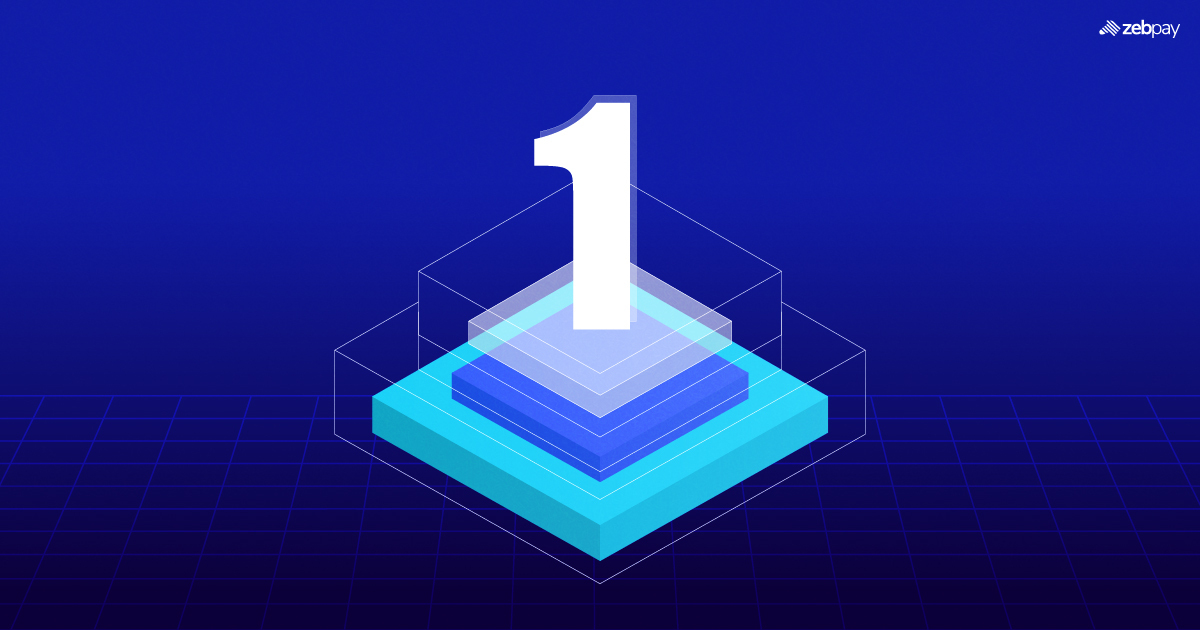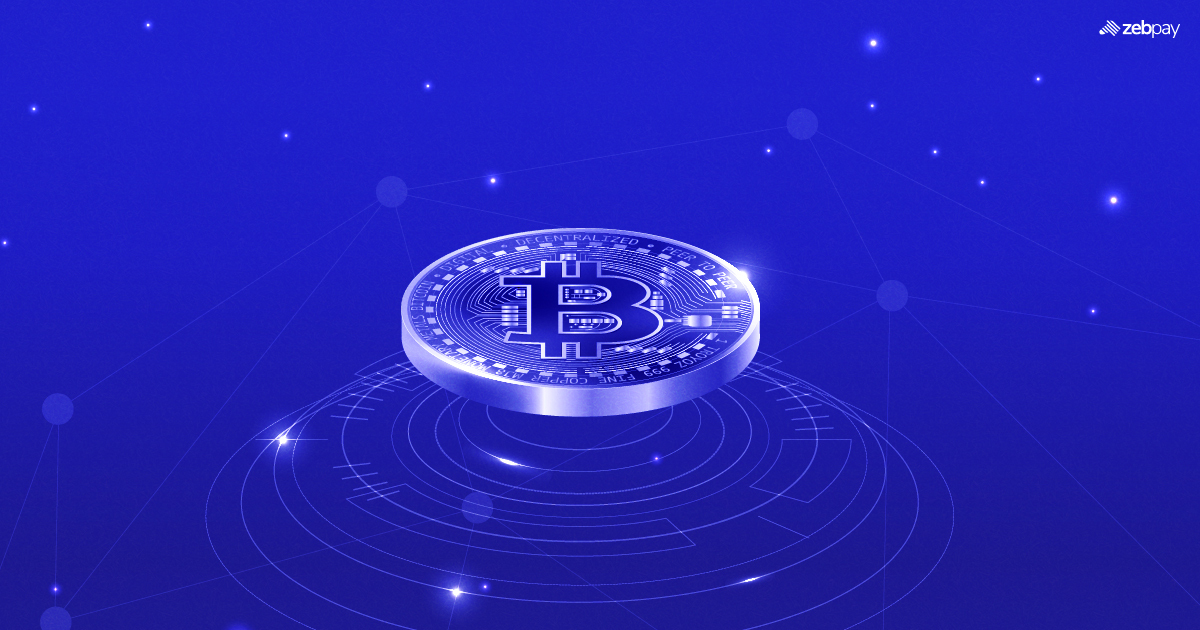Blockchains have had a significant impact on both finance and technology in recent years. However, with so many different types of blockchains, it can be difficult to grasp how they function. To understand how blockchains work, it’s helpful to consider their “Layers.” These layers include 0, 1, and 2, but this article will focus specifically on layer 1. So, what exactly is a layer 1 blockchain, and why does it matter?
Introduction About a Layer 1 Blockchain
Layer 1 refers to the foundational blockchain, such as Bitcoin or Ethereum. It represents the core level of the ecosystem and is the main chain of the network. Layer 2 solutions and sidechains are built on top of this foundation provided by Layer 1.
This layer encompasses the protocol, which includes the consensus mechanism, network architecture, security features, and transaction systems. It operates as a self-sustaining system capable of processing transactions without relying on external support.
Read more: what are blockchain layers?
Components of a Layer 1 Blockchain
There are a few elements that layer 1 crypto blockchains require for their operation:
Consensus Mechanism
Blockchains are a decentralised system. There is no central authority that can verify whether a transaction is genuine or not. To combat this, blockchains use a consensus mechanism like proof of work or proof of stake. Under this system, users of the network itself participate in validating transactions. This gives them the chance to add transactions to the blockchain and earn rewards for the services they provide.
Data Structure
Blockchain is also known as a “Distributed Ledger”. This indicates that its data is stored in the form of a publicly accessible ledger that records every transaction made on the blockchain. This ledger is replicated on each “node” or computer supporting the blockchain. This ledger can be seen and used by the public easily.
Cryptographic Primitives
This is the component that handles data security. Since data is being stored and shared over thousands or millions of systems, it is essential to have a robust security system. Blockchains use cryptographic methods to accomplish this.
Most blockchains use asymmetric key cryptography to protect the network. This involves a pair of public and private keys that act as your username and password to the blockchain. All transactions and information on a blockchain are encrypted and linked with these keys.
How Does a Layer 1 Blockchain Work?

Suppose you want to make a transaction using a crypto token. The first step to do this is opening a crypto wallet. This wallet is a secured storage space for the private key tied to your public key. Every transaction and crypto token you own is tied to this key.
Once you open the wallet, you must add crypto tokens to it. This can be done by purchasing them on a crypto exchange and transferring them to your wallet. Next, you must obtain the public key of the receiver of your tokens. Simply input this key along with the number of tokens you wish to send, then confirm the transaction. The transaction will soon be verified and finalised.
After the transaction has been made, it is added to a “block” or a collection of transactions. Each block is cryptographically protected and linked to the block that came before it, thus becoming a blockchain. Network validators then verify that the block is legitimate and add it to the blockchain as finalised. They then receive new crypto tokens as a reward for their invested time and effort.
Layer 1 Scaling
Unfortunately, most layer 1 blockchains do not scale well. The most popular blockchains, Bitcoin and Ethereum, can only reach speeds of 7 and 20 transactions per second respectively. This is nowhere near the sheer volumes that are required by these networks to keep up with their daily functioning.
This failure is caused by the “Blockchain Trilemma”, a term coined by the founder of Ethereum, Vitalik Buterin. Every blockchain suffers a tradeoff between decentralisation, security and scalability. Most blockchain projects focus on decentralisation and security as those are the key parameters that make a network safe to use.
Scalability issues are usually resolved through the layer 1 scaling solutions. These can be layer 2 blockchains or sidechains that are built on top of L1 blockchains and use the same network security features but bundle several transactions and send them to the mainnet. This process can dramatically increase the volumes a blockchain can handle at any given time, with speeds being thousands of times higher than the base network.
Types of Layer 1 Blockchain Solutions
There are two main types, proof of work and proof of stake.
Proof of Work is the consensus mechanism used by Bitcoin, the oldest crypto token on the market. It involves validators – known as miners – using powerful computers to solve cryptographic puzzles. The first one to find the solution gets to add a block to the chain and earn rewards for doing so.
Proof of Stake instead requires users to “stake” or lock in their tokens as collateral. Users are then randomly picked to verify blocks and add them to the chain. If they do not validate correctly, a portion of their collateral can be taken away. Successful validation results in a crypto reward.
Pros and Cons of Layer 1 Blockchains
| Pros | Cons |
| Decentralisation | Scalability |
| Immutability | Energy consumption |
| Security |
Advantages of Layer 1 Blockchains
Decentralisation
Decentralisation is one of the main reasons why blockchains are so popular. There is no single authority that can make changes to the network. Instead, each user gets a say in these changes.
Immutability
Once a transaction has been made, it cannot be reversed. Information on a blockchain cannot be changed or deleted, making the system more reliable.
Security
Blockchains are highly secure thanks to their cryptographic encryption. This makes them a worthwhile investment for many users.
Disadvantages of Layer 1 Blockchains
Scalability
As mentioned above, L1 blockchains are not very scalable. They usually require off-chain scaling solutions to be able to match user demand for the platform.
Energy Consumption
Proof of work blockchains are notorious for high energy consumption. Since they require powerful computers to run 24/7 solving cryptographic puzzles, they are also electricity hogs. This problem is mostly alleviated by proof of stake blockchains.
Read more: What is a Layer 0 Blockchain
What are the Layer 1 Blockchain Examples?
Bitcoin
Launched in 2009, Bitcoin was the first crypto token in the market. It uses proof of work for validation and popularised the use of blockchain for financial applications. It redefined the industry by allowing users to transact anonymously from around the world.
Ethereum
Ethereum added more functionality to the blockchain industry by introducing smart contracts. These are sets of code that execute automatically when conditions are met. These are used extensively in dApps and Defi.
Solana
A third-generation blockchain, Solana seeks to address the scalability concerns of L1 blockchains. Unlike Bitcoin and Ethereum, Solana uses proof of History (PoH) consensus to reach transaction speeds as high as 65,000 per second.
Read more: Top 10 Solana Projects of 2025
Future of Layer 1 Blockchains
Layer 1 blockchains are here to stay. They have fundamentally transformed finance and technology, becoming the most widely used type of blockchain. Despite challenges such as high costs and limited scalability, these issues can be tackled through solutions like sharding, innovative mechanisms, or even Layer 2 technologies. Their significance in the future of payment systems is undeniable.
You can read more about the latest events in crypto on ZebPay blogs. Experience the power of crypto trading with ZebPay.
FAQs
What is the Market Capitalization of Layer 1 (L1) Tokens?
At the time of writing, CoinGecko reported the market capitalization of Layer 1 (L1) tokens as $2.6 trillion, with a 0.2% change within 24 hours.
What are a Layer 1 Blockchain’s Limitations?
The main limitation of L1s is the lack of scalability. This is because network security and decentralization take precedence over speed on most projects. Another limitation is the energy consumption of proof-of-work blockchains, which can lead to mining activities consuming more electricity than entire countries.







